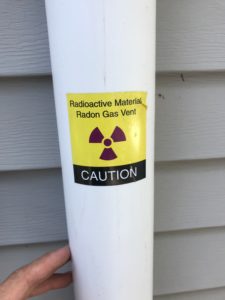
You may be wondering, “If I have a leaky basement, does that mean that radon gas is getting into my basement? What can I do about it as a homeowner?” Read until the end for a great understanding on radon gas and your options for dealing with it as a homeowner.
Radon is the second leading cause of lung cancer known to man, behind cigarette smoking. Radon is present outside in the ambient air, usually at safe and low levels of concentration. It is a radioactive gas. Radon comes from uranium ore which is diffused throughout the soil of the earth in varying amounts throughout the world. Uranium ore breaks down into radium, which then breaks down into radon gas.
The radon gas can seep into your basement or home through small cracks, openings, dirt floors, dirt wall sections, missing blocks or bricks in the foundation, or any other opening through the floors or walls which air can pass through. Radon gas can infiltrate a home’s basement or crawlspace, and even can be found in elevated and unsafe levels in slab on grade foundation homes, (These homes have no basements or crawlspaces, which means that no sections of the house are underground at all.) Don’t believe people when they say radon only applies to homes with basements. Some of the highest levels of radon we have ever found during testing were in a slab on grade home in Madison, Ohio.
Radon infiltration into a slab on grade foundation home is more common when the HVAC supply vents are coming up through the floor of the first level. In this configuration your HVAC system may commonly be referred to as a down draft system, since the supply air is directed downwards and through the floor. The reason that downdraft systems may allow radon gas into a home more easily is because small openings in the HVAC supply ducts can allow soil gases including radon gas into the breathing air of the home.
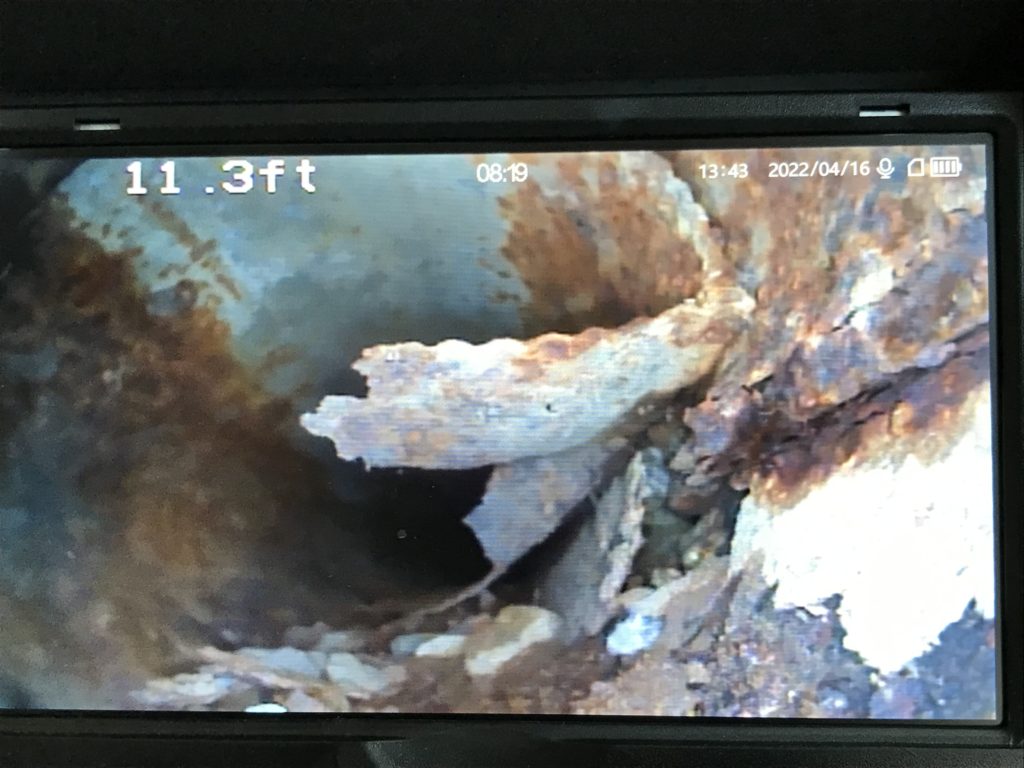
The reason that radon is harmful to humans is because it is a radioactive gas that is constantly decaying every few seconds. During decay, small invisible “explosions” occur in the air, and inside of your lungs if you are breathing the air, which contains the radon. Radon is a colorless, flavorless, odorless, gas. Humans can not pick up on the presence of radon with any of the five physical senses. For a visualization the reader can have a look at how radon appears inside of a cloud chamber on the below video. 100 pCi/L in a radon cloud chamber. We did not produce this video, but it is an excellent visual example for anyone with trouble understanding why one should test for the presence of radon gas, and why or when radon mitigation should be considered. Very few radon tests have ever come back during radon testing at 0.0pCi/L because there is usually at least some small level of radon concentration in the outside ambient air.
Radon can cause lung cancer through chronic (longer-term) exposure to the gas, as opposed to acute exposure. This means that occupants of a home containing high levels of radon will usually have been exposed to the radioactive radon gas for a length of time before contracting symptoms of health issues, usually several years.
It is recommended to test for radon levels in your home if the house has a finished basement with an office or recreational room, or a basement bedroom where occupants of your home may be spending prolonged amounts of time or sleeping for several hours per day.
Radon comes into your home through cracks or gaps in the walls or floors. Leaky basements with water intrusion usually have lots of small cracks and gaps throughout the walls and floor of the foundation. For this reason, radon testing should be considered in your home if you spend time in your basement and have moderate to severe basement water dampness or leakage. If the water can get into your basement, so can air and soil gases such as radon.
Sump pump systems are a big source of soil gases entering your basement or crawlspace. This is because sump pump systems include a long network of perforated pipes running throughout the dirt below your foundation floor.
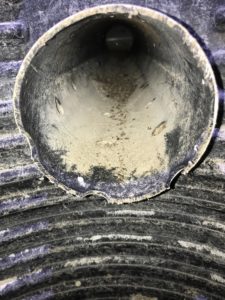
Since sump pump systems are such large contributors to radon entry into the home, the sump pit must be professionally sealed off when a home has been treated for radon.
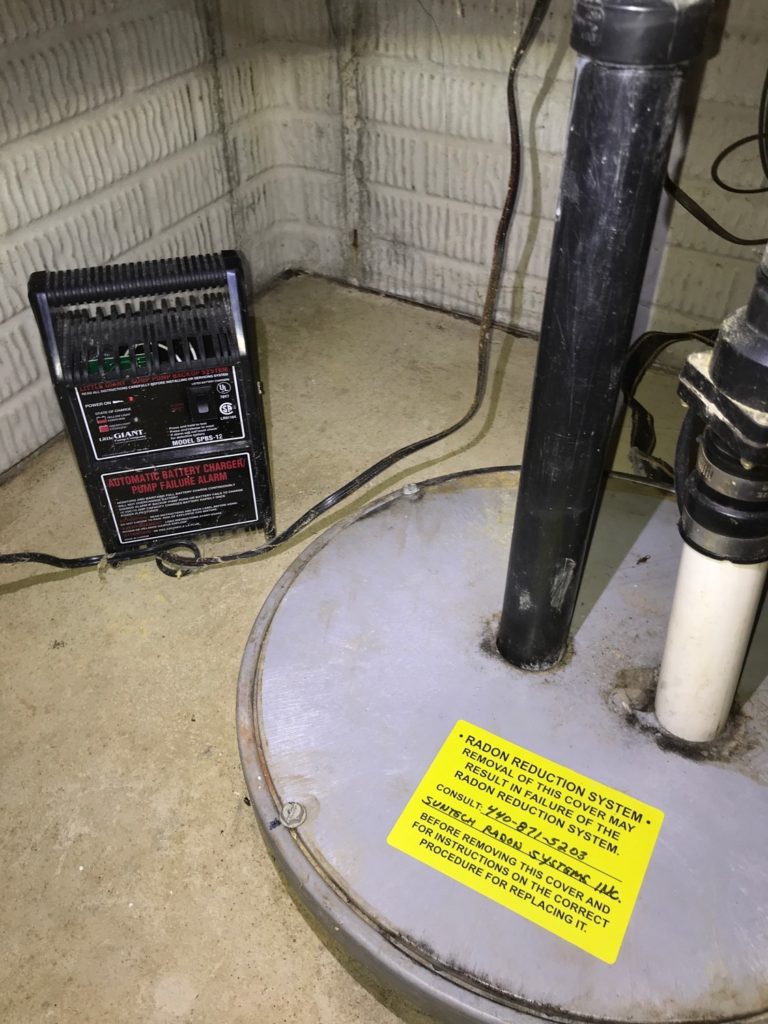
It is important to understand that radon should be taken seriously but no one should panic themselves over it. Radon mitigation systems are usually very effective at removing or reducing the radon levels inside of the home, and they usually cost between $1,000-$2,000 at the time of this writing for an average 2000 sq. ft. home in Northeast Ohio with only one foundation type. Foundation types include basements, crawlspaces, slab on grade, etc. Radon mitigation systems can get more costly in homes that have more than one foundation type such as a home with both a basement and a crawlspace, and then a portion that is also slab on grade.
The most common type of radon mitigation system is called a sub-slab depressurization system. This system has a fan pulling all the air out from below your foundation floor, and discharging the air outside via a PVC pipe running up along one of the exterior walls of the home. The air from below your foundation is then dispersed and diffused throughout the exterior air, instead of residing in your home and potentially your lungs.
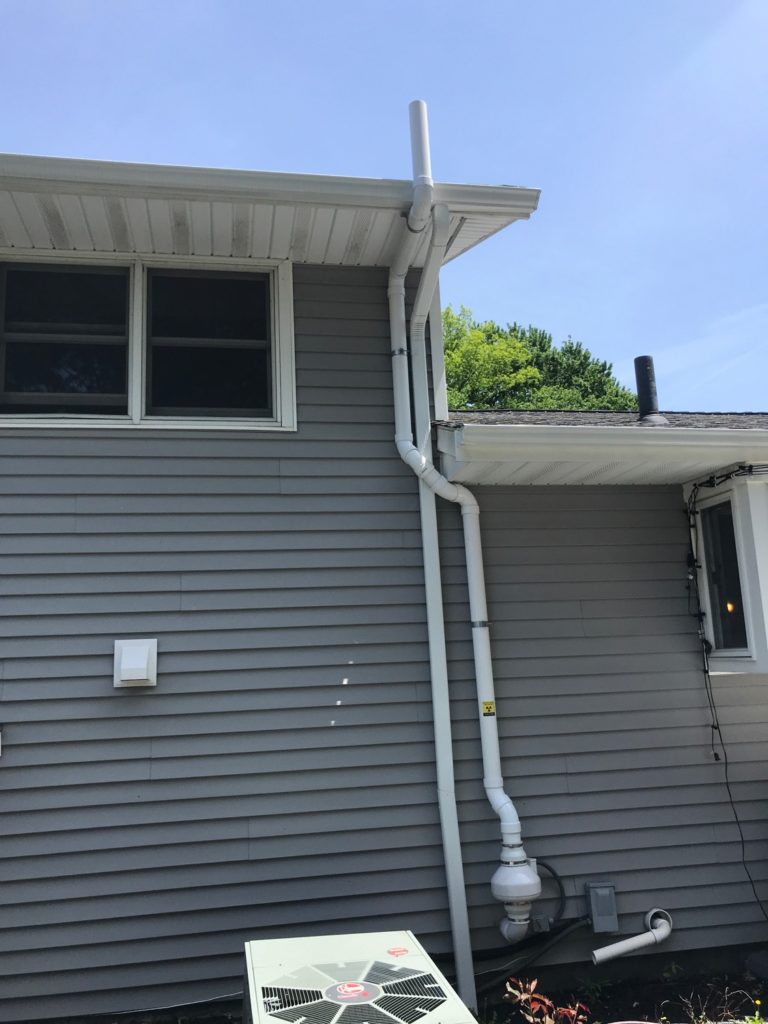
Let’s summarize what we have gone over so far. Radon is a radioactive gas. We should consider testing for radon in our homes if we have a finished rec room, office, or bedroom in the lower levels of the home and will spend time there daily. If we are living in a slab on grade foundation home with no basement or crawlspace, and the heat registers are coming up through the floor, there is a higher potential chance for radon entry into the home, so we should consider testing our home. If our basement or crawlspace has a sump pump system, then we should strongly consider testing the home for radon, due to the increased chance or radon soil gas entering our home through the footer drains of the sump pump system. We have also discussed that radon mitigation systems are an affordable and effective solution at reducing radon to safe levels in the home.
As mentioned above, there are many reasons that one should consider testing for radon. Testing the levels of radon in your home is relatively easy.
You can hire a state licensed radon testing professional such as ourselves, where the cost of testing is usually around $200. That would involve a licensed radon testing professional dropping off a radon tester in the lowest livable level of your home, letting the test run for at least 48 hours, and then returning to pick up the machine and extract, analyze, and then deliver the results of the radon test to you in one simple average number. The unit of measurement for radon is usually in picocuries per liter of air, or abbreviated as pCi/L. For any average test reading that returns at 4.0 pCi/L or higher, the recommendation is to hire a state licensed radon mitigation contractor to install a radon mitigation system, and to retest the home after the mitigation system has been installed to ensure that it is working properly.
Homeowners can also perform radon tests in their own homes by themselves with the help of home test kits. Some of these home radon test kits are available at stores like Lowe’s or Home Depot somewhere in the store aisles, or here online (paid link.)
Anyone can purchase long term electronic radon gas detectors online (paid link) from amazon for about $150. These electronic monitors would not be valid for a test in an official real estate transaction but are dependable for anyone already living in their home who wants to protect their family by monitoring the levels of radon inside over a longer term. The electronic radon gas detectors display daily averages of radon, weekly averages, and longer-term averages up to 1 year. While these units are usually accurate, they should not be considered a substitute for a conventional radon test at your home performed by a radon testing professional, because there is no way to ensure that your electronic gas detector is working properly without a cross check such as test results from a professional licensed radon tester who uses machines that are regularly calibrated at state approved laboratories.
The United States EPA has developed two protocol guides for radon awareness and testing.
If you are interested or concerned about the radon levels in your home where you live right now, and you are not involved in buying or selling the home at this time, then the EPA recommends reading the 16 page guide titled “A Citizen’s Guide To Radon,” developed in May of 2012.
If the reader is involved in buying or selling a home, and is concerned about the radon levels that may be in the home, the EPA has developed and recommends that people educate themselves regarding radon with the “Home Buyers And Sellers Guide To Radon.”
Hopefully this article helps you to understand a little bit more about radon, why you should consider testing for the presence of this harmful, radioactive gas inside of your own home, and your options that you have when it comes to testing. If radon levels come back elevated or high with any of the tests, and you have questions about what to do or what steps to take from there, leave a question in the comments and we will direct you towards the correct plan of action. Thank you.
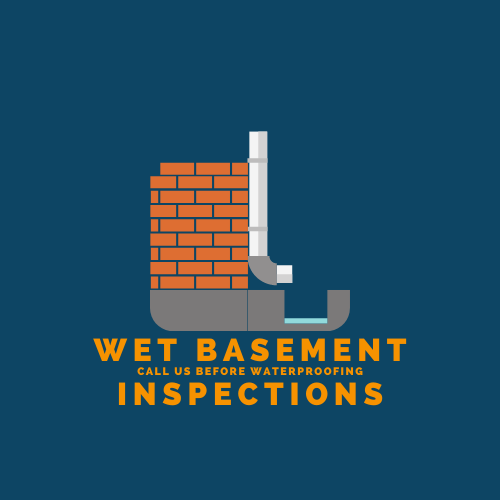
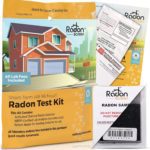

I was very pleased to uncover this web site. I want to to thank you for your time due to this fantastic read!! I definitely appreciated every bit of it and I have you bookmarked to look at new things on your website.
Appreciate that!